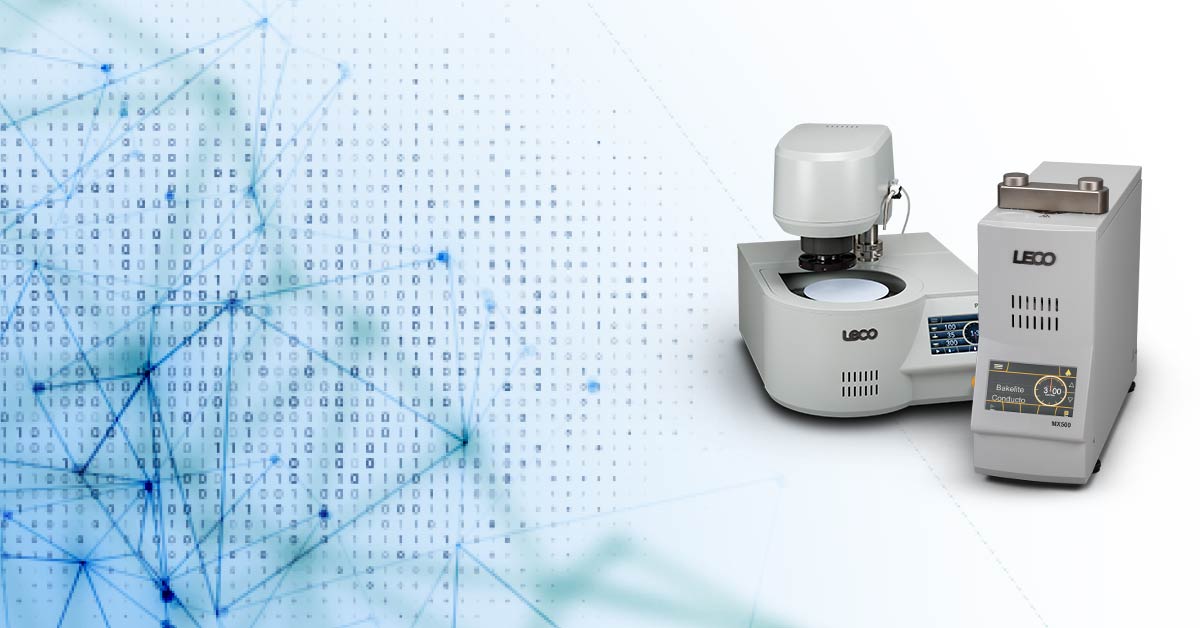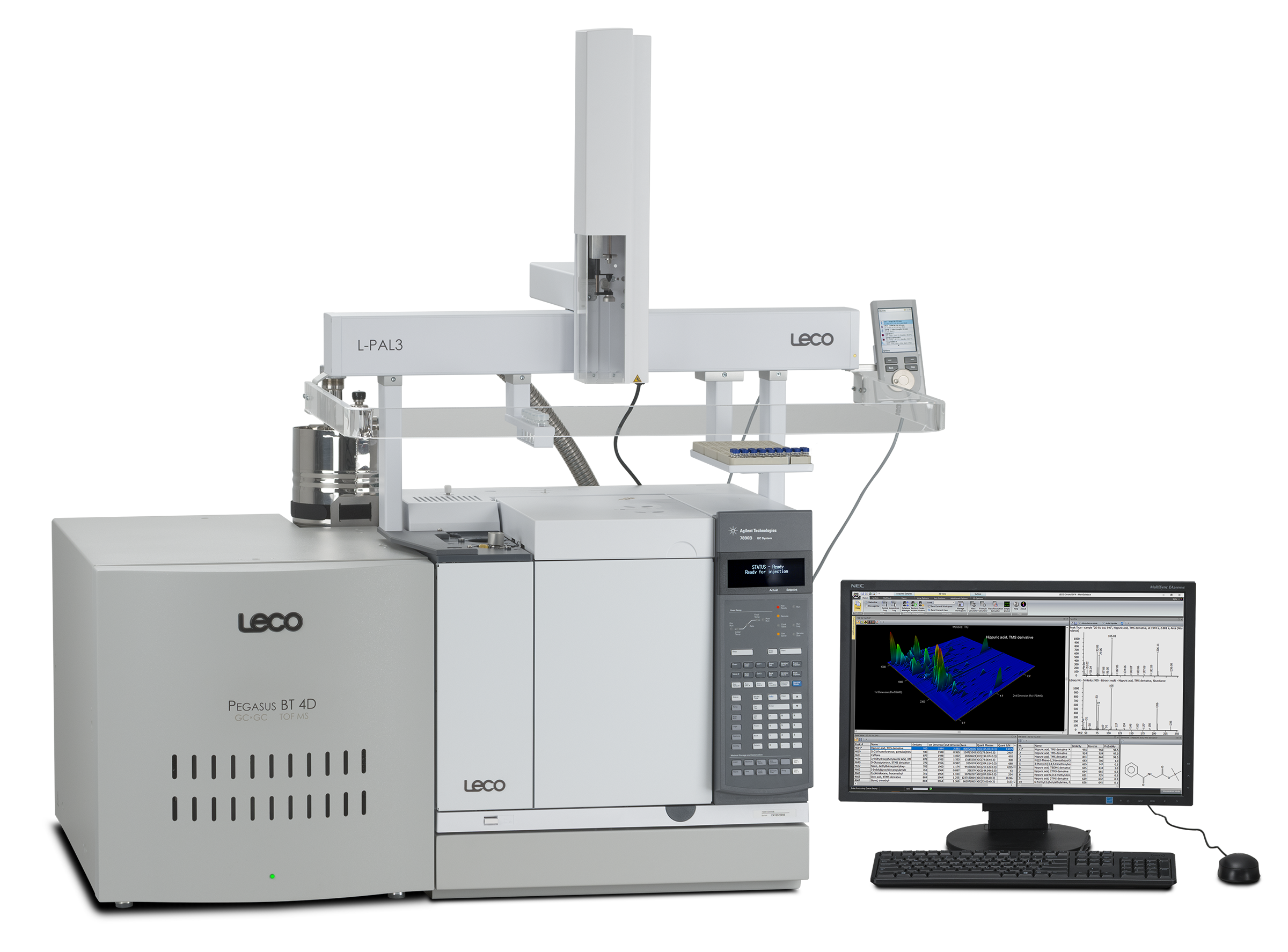Many of LECO's instruments take advantage of powerful proprietary software that is constantly being improved and updated. While LECO's Cornerstone® brand software can check for updates itself if the instrument is connected to the internet, not all instruments can be connected, for privacy or security reasons. If you ever want to check your software version, you can go to LECOSoftware.com.
LECO Africa chromatof posts (Page 1 of 5)
Both lemons and limes have strong citrus odors, but the difference between these fruits is wide at an analyte level. Identifying these differences is not as easy as it first seems, but the Pegasus® BT and the automated data processing software included in its ChromaTOF® brand software make finding the peaks easy.
Topics: ChromaTOF, Separation Science Mass Spectrometry, Separation Science, Pegasus BT, Mass Spectrometry, GC-MS
Sustainability is on everybody’s mind these days. Companies want to create products that are better for the environment and consume fewer resources. Unilever is no exception. This forward-thinking flavor company has recently been pushing to develop new and delicious plant-based protein substitutes that are more sustainable than meat-based protein but no less healthy (or, preferably, even more healthy!). However, as Unilever scientists Hans-Gerd Janssen and Ed Rosing explain, nature made a pretty delicious protein in the form of meat, with a very distinct flavor and mouth-feel. Creating a substitute isn’t easy.
Topics: ChromaTOF, Separation Science Mass Spectrometry, Separation Science, Pegasus BT, Mass Spectrometry, Pegasus GC-HRT 4D, Pegasus 4D, ChromaTOF Tile, High Resolution Mass Spectrometry
Food contamination by mineral oil hydrocarbons (MOH), which is usually separated into the subclasses of MOSH (Mineral Oil Saturated Hydrocarbons) and MOAH (Mineral Oil Aromatic Hydrocarbons), is a growing concern across the EU and the world. In 2012, the European Food Safety Authority flagged them as a potential health concern, and the increasing research since then has only been expanding our understanding of these hydrocarbons. However, the two main analytical methods suggested to quantify these substances, either an off-line method consisting of a solid phase extraction (SPE) followed by a GC-FID analysis or an on-line, LC-GC-FID method, both can result in inaccuracies and leads to challenges in the end results. Some of these inaccuracies are due to the lack of a strong and robust confirmatory method. However, a GCxGC-TOFMS system, like LECO's Pegasus® BT 4D can help unveil the complexity of contaminated food samples. It has also been suggested by the EFSA to be used as a confirmatory tool in case of uncertain results from other standard methods.
Topics: ChromaTOF, Separation Science Mass Spectrometry, Separation Science, Pegasus BT 4D, Mass Spectrometry
LECO has released a revolutionary new data analysis software for GCxGC data: ChromaTOF Tile. This software provides an industry-first data comparison tool that identifies statistically significant differences between classes of samples, reducing days-to- weeks of work down to hours, or even minutes. Based on Dr. Robert Synovec’s tile-based Fisher ratio analysis, ChromaTOF Tile partitions the data into a set of regions (tiles) and compares regionalized data. This allows it to disregard normal variances of alignment shifts to focus on where the actual differences are, so users can stop looking at their data and start actually using it.
Topics: ChromaTOF, Separation Science Mass Spectrometry, Separation Science, Pegasus BT 4D, Mass Spectrometry, Pegasus GC-HRT 4D, Pegasus 4D, GCxGC






